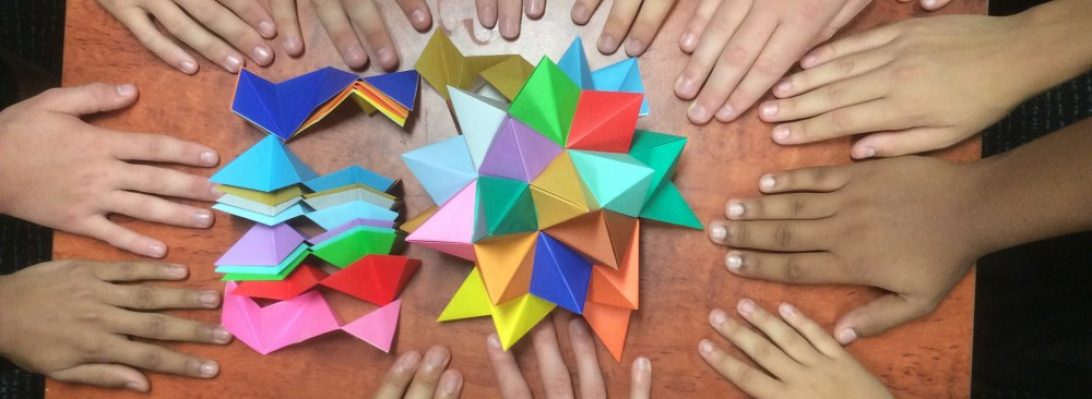I first folded these little critters, designed by Robert J Lang, using a square cut from an A3 printer paper sheet back in 2011 as part of my original 365 project:

Remarkably, even with that terrible paper, all the features of the critter were present however not very refined.

Australians call these “Slaters”, but they also go under the name “wood lice” because these little isopods are found in decaying vegetation – which is why I decided they should be folded from Mango Leaf paper. It makes this fold a bit “meta” in that the critter is folded from mulberry paper that contains leaf litter.

The fold sequence is exacting, forming trapezoidal molecules for each of the 14 legs, along with antennae and a rather beautiful segmented shell. This model appears in a few of Robert’s books, I folded this one from “Origami Insects 2” – a rather splendid volume from Origami House in Japan. bought from Origami-shop (even though, strictly speaking, it is not an INSECT….).
I decided to fold two so we could see one open and one curling up into a little armoured ball – they do this when in danger.
Continue reading



















